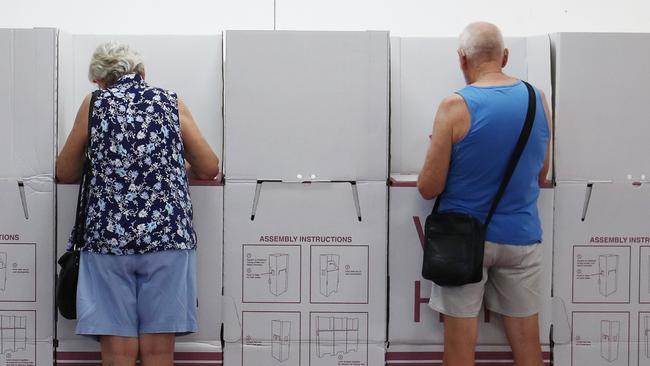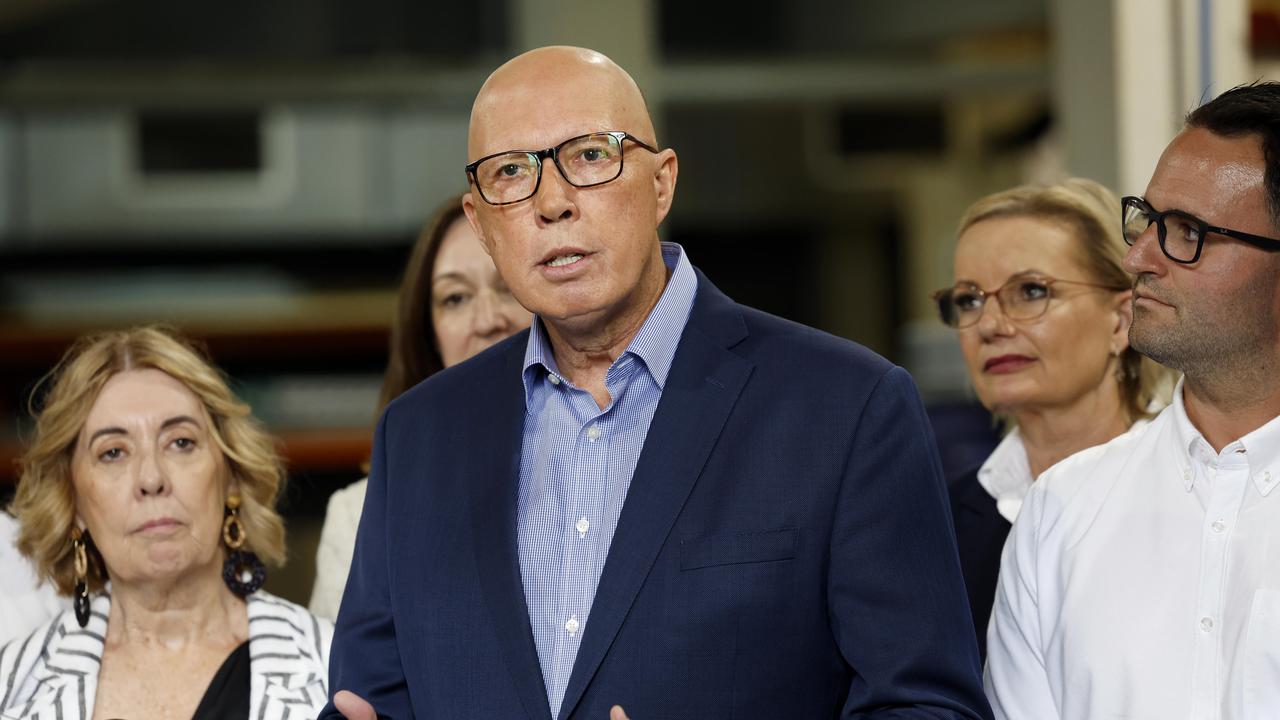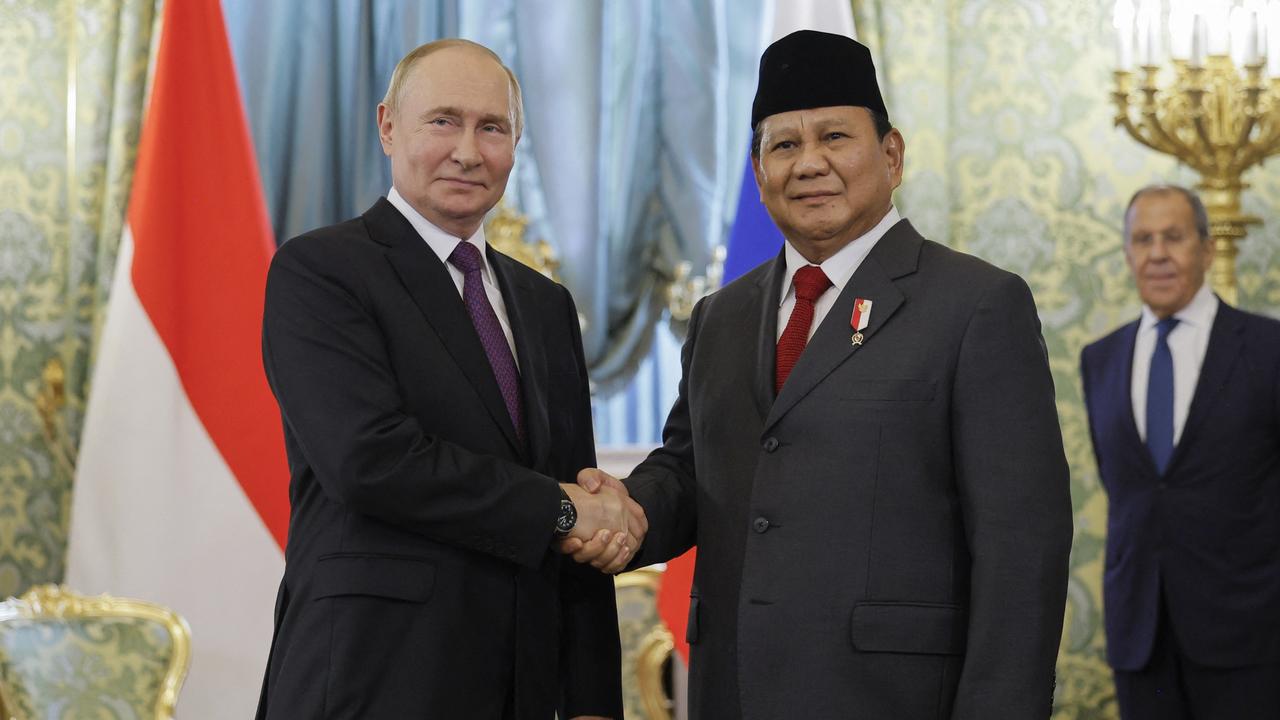Coronavirus: Next federal election costs to spike by $30m
The next federal election is likely to cost Australian taxpayers nearly $30m extra due to special anti-coronavirus measures.

The next federal election is likely to cost Australian taxpayers nearly $30m extra due to special anti-coronavirus measures to keep voters safe, the electoral commission has revealed.
As government MPs prepare for Scott Morrison to call a poll between August and November, the Australian Electoral Commission estimates the election will cost at least $400m – up from $372m in 2019 – to bolster postal voting and hire COVID-19 wardens.
In a recent submission to the Senate’s budget estimates, the AEC said face masks, extra staff and bigger polling booths that allow more social distancing will drive up costs.
“Many of the direct cost drivers for a COVID-safe election relate to personal protective equipment, additional security staff for social distancing and hygiene materials,” the AEC submission states.
“Due to the long lead times and storage of many of the sanitiser products, it is unlikely there would be significant reductions in cost as most will be required for readiness for a 2021 event, even if the election does not … occur until 2022.
“A COVID-safe election will likely require additional pre-poll voting centres and larger polling places to accommodate social distancing requirements. An increase in postal voting will see an increase in costs associated with production, postage and scrutiny.”
By comparison to the projected $400m cost for the next election, the 2019 election cost taxpayers $302.8m, plus $69.8m in public funding payments to candidates.
The AEC submission to the Senate also states it may have to use more expensive postal services due to COVID-related slowdowns in delivery at Australia Post – in the hope of avoiding the long waits on ballots that blighted last year’s US presidential election.
Australia has had several dry runs for a COVID-safe federal election, with local council polls in the midst of Victoria’s second hard lockdown, and state and territory votes last year in Queensland, the ACT and the Northern Territory.
Sausage sizzles were banned in some territory elections, booths had to be 1.5m apart, and pre-poll voting spiked in almost all 2020 polls. In the Queensland election last October, nearly 70 per cent cast their vote before polling day at the behest of state health officials, avoiding the usual big crowds who gather to vote at local halls and schools.
The AEC – noting it is unusual for an election to cost more than the previous poll – said the main caveat to a significant rise in the cost of the next election was a full vaccine rollout.
“A post-vaccine electoral event may see a reduction in staff costs (compared to a pre-vaccine event) due to the resourcing requirements to manage hygiene and physical distancing.”
A large August-September break in the parliamentary sitting calendar, and the government’s strong position in the polls, have many MPs predicting an election by the end of this year, and the government is not expected to finish vaccinations until October at the earliest.
Even then, many epidemiologists have projected social distancing will remain until possibly early next year to allow herd immunity to develop through a largely vaccinated public.
The Prime Minister has, despite rumblings from MPs, declared he is a “full-termer” and could still wait to hold an election closer to May 2022, making him Australia’s longest-serving head of government since John Howard.




To join the conversation, please log in. Don't have an account? Register
Join the conversation, you are commenting as Logout